Hypotaenidia okinawae
Japanese Name: ヤンバルクイナ
Chinese Names: 沖繩秧雞, 山原秧雞, 山原水雞
English Name: Okinawa Rail
Origin: Northern Okinawa Island
The Okinawa Rail is approximately 35cm long and weighs around 450g. Its head to tail is dark olive green, with a black face and a white line running from behind the eyes to the neck. Its legs and beak are red, and its belly features black and white stripes. It was officially discovered in 1981, but before that, locals in the Yanbaru region referred to the Okinawa Rail as “Agachaa,” meaning a sudden fright, or “Yamadui,” meaning a bird of the mountains.
The Okinawa Rail is the village bird of Kunigami Village, a nationally designated natural monument (Cultural Properties Protection Law), a domestically rare wild species (Species Conservation Law), and an endangered species.
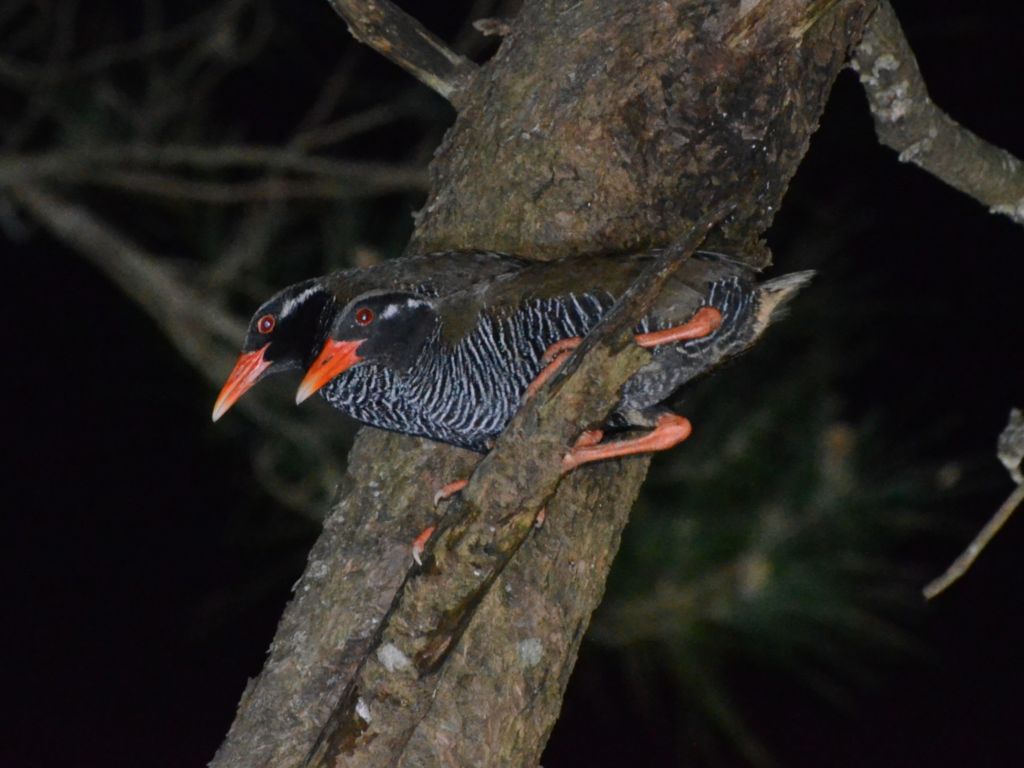
The Okinawa Rail is primarily diurnal, searching for food during the day and bathing near water, but at night, it climbs trees to avoid predators such as the habu snake. How does a flightless bird like the Okinawa Rail manage to climb trees? The Okinawa Rail has strong legs and powerful claws, allowing it to climb trees step by step. Therefore, large trees with deeply fissured bark, such as Ryukyu pine or a Fagaceae tree, are the preferred sleeping spots for the Okinawa Rail.

The skeletal specimen of the Okinawa Rail displayed at the Yanbaru Wildlife Conservation Center shows that it does not have a well-developed sternum and keel like other birds. The sternum is the attachment point for the pectoral muscles, and the keel, a ridge-like structure in the middle of the sternum, supports the large pectoral muscles needed for flight. In birds like pigeons, which fly long distances, the keel is highly developed. However, the skeleton of the Okinawa Rail reveals a small sternum, an underdeveloped keel, relatively small wings compared to its body, and long legs. This structure shows that the Okinawa Rail is adapted to a non-flying, ground-dwelling, and tree-climbing lifestyle.


The close relatives of the Okinawa Rail are distributed across islands in the Pacific. Therefore, the ancestors of the Okinawa Rail were likely a flying species of rail that spread to different islands. On small islands, where there were no carnivorous predators, they evolved into flightless rails. The flightless rails found on various islands may have undergone multiple instances of convergent evolution. (Slide source: lecture materials)
Many of these Pacific island rail species have become extinct due to human activity. The flightless rails were easy prey and became a sought-after delicacy. In fact, fossils of the Okinawa Rail have been found in caves in southern Okinawa, dating back about 20,000 years. The decline of the Okinawa Rail in central and southern Okinawa was likely due to human development reducing its population.
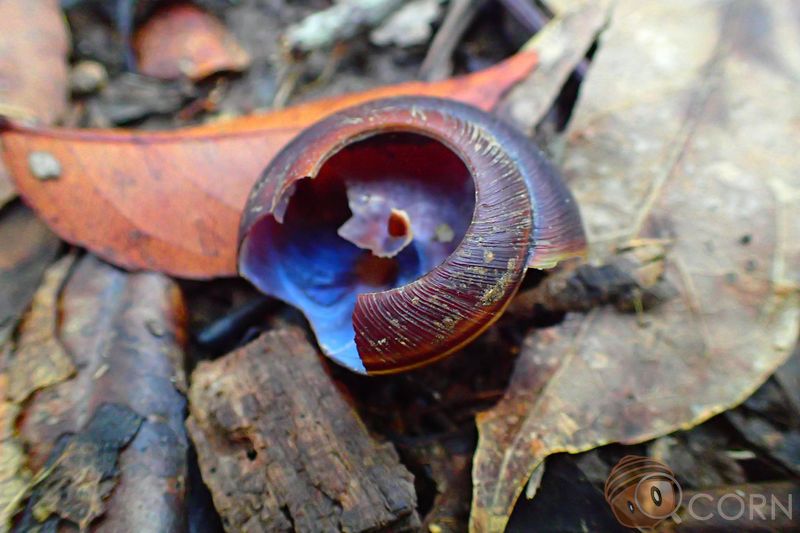
The Okinawa Rail’s diet includes earthworms, lizards, and seeds from plants like acorns, but it has a particular fondness for snails! If you find large snail shells with a hole in the middle in the forest, that’s a sign the Okinawa Rail has been feasting.
The Okinawa Rail even has its own “snail-cracking stone.” Research shows that the same rail will bring snails to the same stone to crack them open, leaving a pile of snail shells nearby—like its very own kitchen!
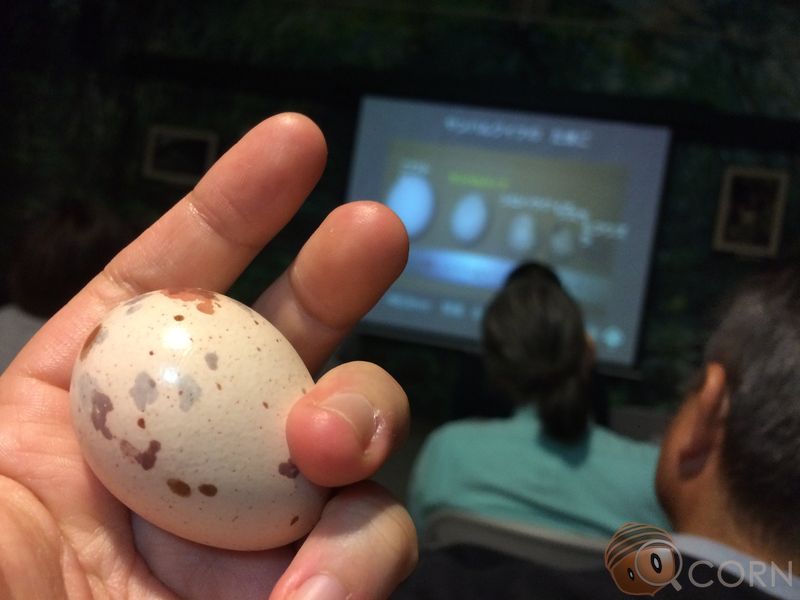
The Okinawa Rail builds its nest on the ground and breeds from late March to June, laying 3 to 5 eggs at a time. The eggs hatch after about three weeks, and the chicks are entirely black when born. Both the mother and father birds take care of the young, and after about two months, the chicks grow into the same colors as the adults. Once they reach adulthood, they become independent.
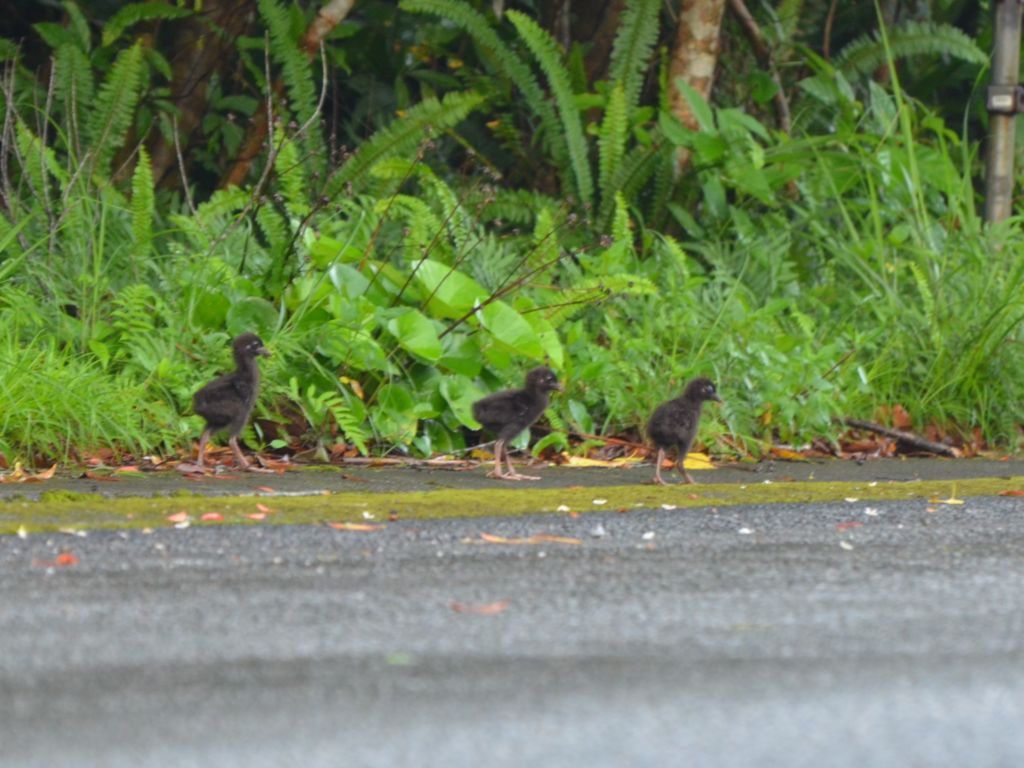

A juvenile bird, approximately one month old, with a paler red color on its beak and legs.
Past statistics show that the highest number of traffic accidents involving Okinawa Rails occurs in May and June, during the breeding season. The increased need to find food for their chicks leads them to search near roads, increasing the risk of being hit by cars. Accidents are most common between 6 a.m. and 8 a.m., the peak time for the Okinawa Rail to search for food. However, regardless of the time or month, it’s essential to drive carefully and slowly in the Yanbaru region.
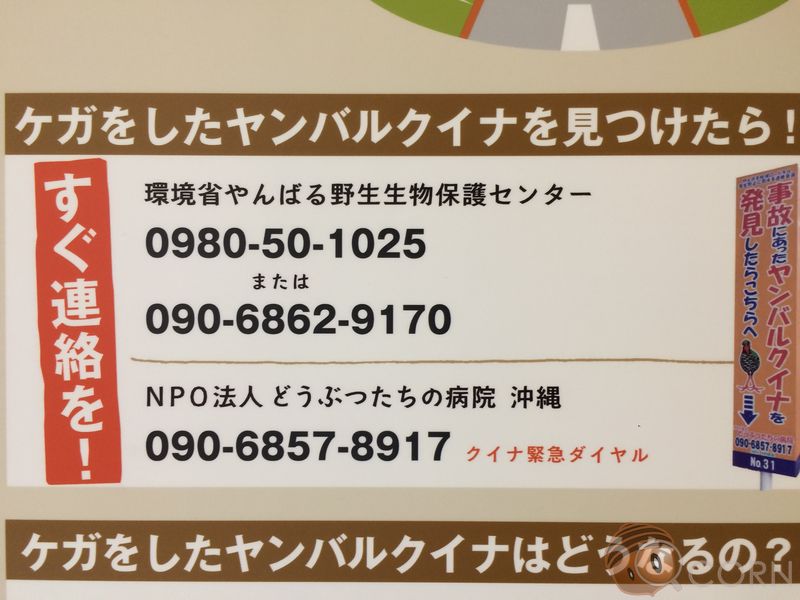
If you find an injured Okinawa Rail (or accidentally hit one), immediately contact the Yanbaru Wildlife Conservation Center (0980-50-1025) or the NPO Animal Hospital Okinawa (090-6857-8917) and provide the location to the conservation staff. If it’s on a prefectural road, note the blue road sign with the road number (e.g., Prefectural Road 70) and the location (e.g., the photo example shows Sosu) and the kilometer marker.
